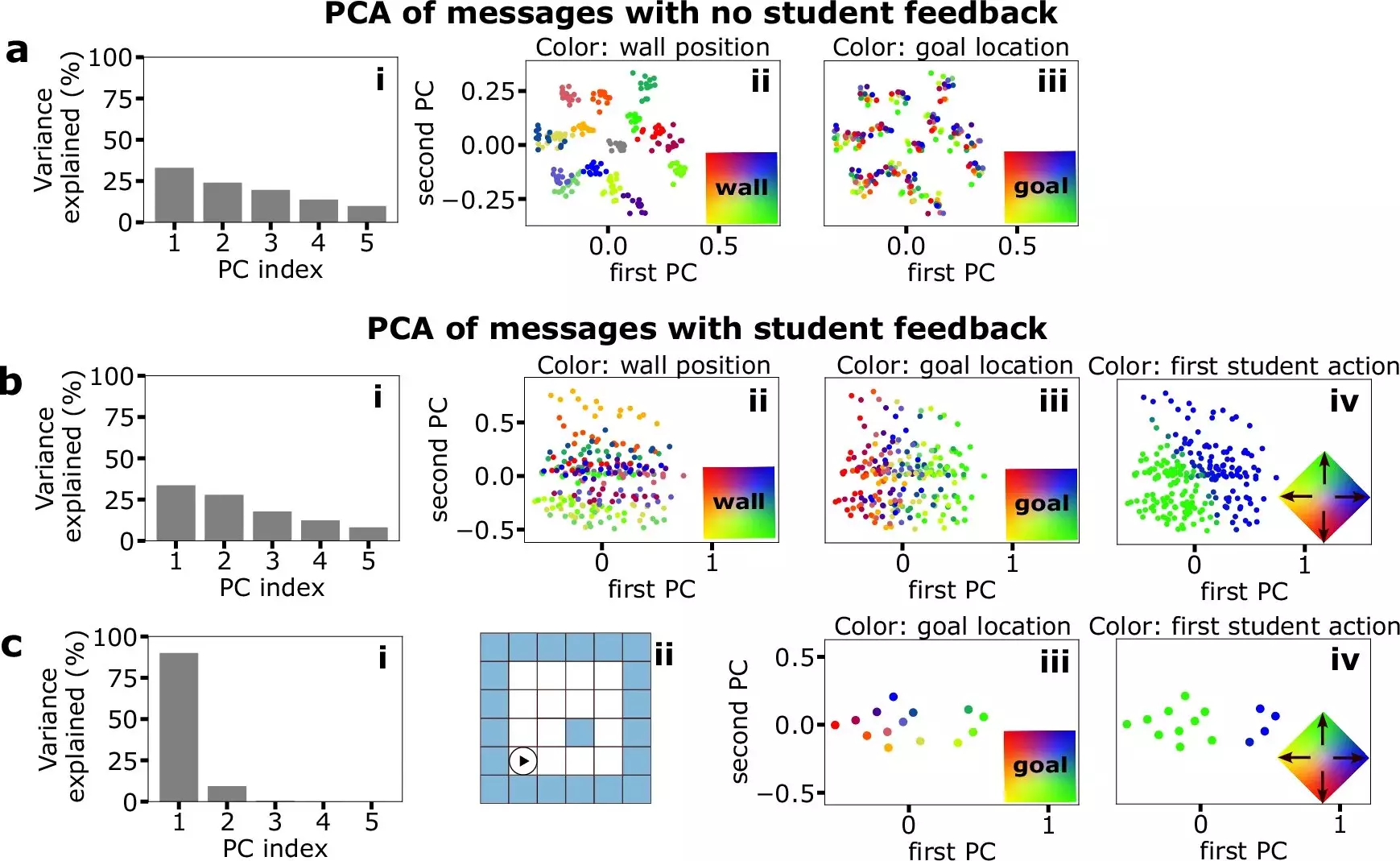Communication is an intrinsic element of survival that transcends species, playing a pivotal role in the transfer of critical skills from one generation to another. Recent research from the University Hospital Bonn (UKB) and the University of Bonn sheds light on the profound effects of communication on learning processes, illustrating how both the sender and receiver contribute to training effectiveness. The implications of this study, published in the journal Nature Communications, underscore the importance of communication not just as a social tool, but as a fundamental cognitive process that shapes our understanding of the world.
Scientists have long appreciated that social communication acts as a cornerstone of our ability to learn. Professor Tatjana Tchumatchenko, who operates within the Institute of Experimental Epileptology and Cognition Research, articulates this phenomenon through the lens of the saying, “teaching is learning for the second time.” This notion highlights how instructional dialogue does not just impart knowledge; it actively participates in the formation of cognitive structures within the brain.
In an innovative approach, researchers employed artificial neural networks to simulate the dynamics of teaching and learning. Within this setup, a “teacher” agent was tasked with navigating a maze while mentoring a “student” agent through communication. This model provided a fascinating opportunity to analyze the effectiveness of language-like interactions in enhancing the learning capabilities of artificial agents.
Their findings demonstrated that communication extends beyond mere information transfer. The “teacher” agent not only relayed instructions but adapted its messaging based on the “student’s” progress. This reciprocal relationship was pivotal for improving task performance and strategic learning, revealing an intricate dance of information exchange that closely mirrors natural communication among human and animal species.
One of the critical conclusions drawn from the study is the emergence of a unique form of language developed between the teacher and the student agents, reflective of the complexities inherent in real-world communication. Carlos Wert-Carvajal, one of the study’s co-authors, emphasizes that effective language transcends the raw complexity of descriptions. Instead, it crystallizes shared experiences into concise terms—such as the word “apple,” which conjures a universally understood idea rather than a lengthy description of a fruit’s attributes.
Such efficiency highlights a philosophical underpinning: every language emerges from a need to articulate concepts in ways that are comprehensible and readily shared among individuals. This principle of succinct communication not only enriches the transfer of knowledge but also creates a platform for collaboration between the educator and learner.
An important aspect of this research is the emphasis on the necessity of cooperation between the instructor and the learner. As detailed by Tobias Wieczorek, the first author of the study, feedback mechanisms significantly influenced the teacher’s messaging style—an essential realization that effective communication thrives on feedback loops. When the teacher received information about the student’s learning progress, it adjusted its language to optimize clarity and usefulness.
This reciprocal exchange suggests a level of adaptability and responsiveness that is crucial for effective teaching. It highlights a nuanced understanding that the communication process is not unidirectional; both parties are integral to creating a productive learning environment.
Interestingly, the research revealed that the agents, despite lacking formal teaching capabilities, managed to convey significant information effectively. Dr. Maximilian Eggl, another co-corresponding author of the study, points out that even in the absence of explicit teaching frameworks, these agents could still communicate essential knowledge with one another. This finding underscores the fundamental role of language-like communication in fostering collaborative learning experiences.
The implications of this study stretch beyond artificial networks and illuminate pathways for understanding biological and artificial communication systems. Researchers are presented with exciting opportunities to explore how these principles can enhance the design of learning environments, whether for humans or machines.
The research conducted by the University of Bonn into artificial networks serves as a window into the complexities of communication and its relationship to learning. The realization that effective communication can emerge organically through interaction holds promise not only for educational contexts but also for the subsequent design of communication systems in various fields. As we continue to unravel the intricacies of language and learning, the lessons learned from these artificial agents challenge us to reconsider how we teach, learn, and communicate in our ever-evolving world.


Leave a Reply